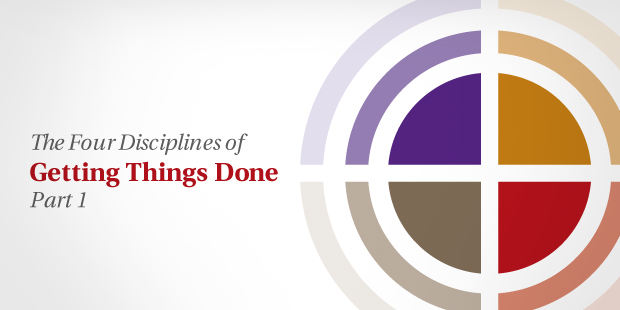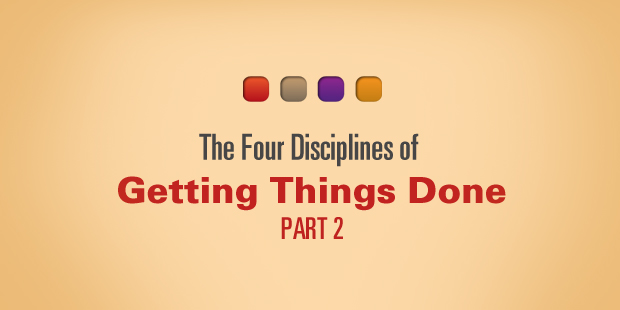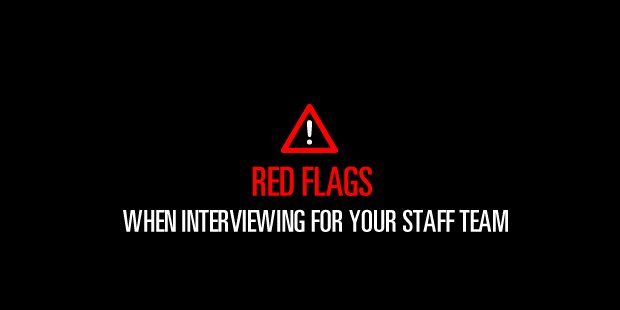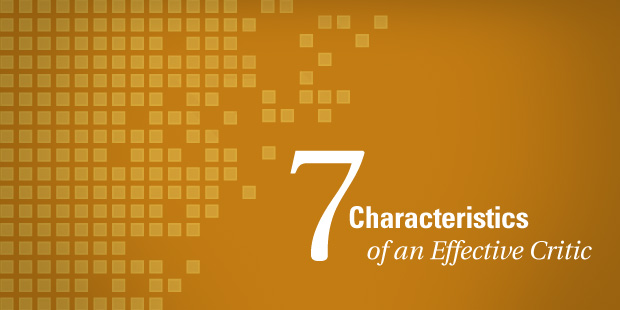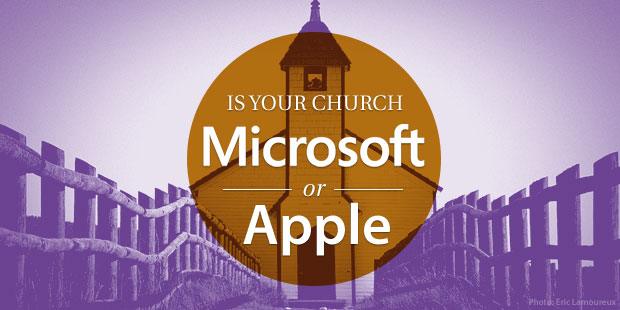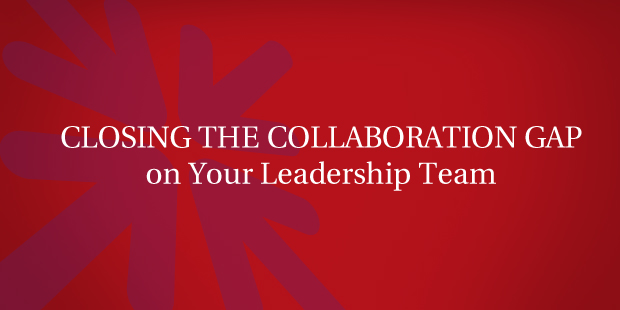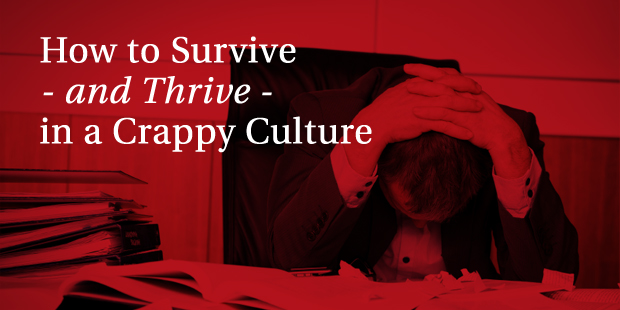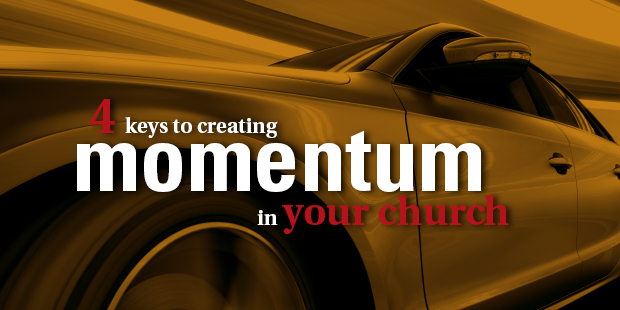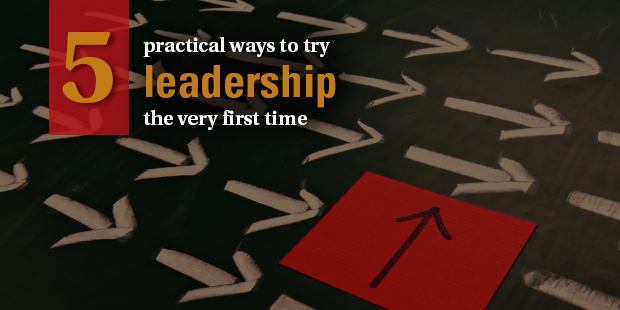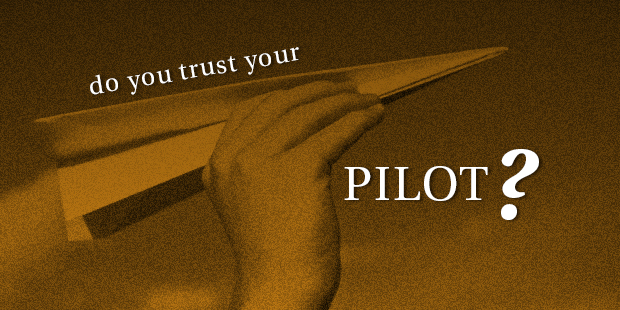In an age of smart devices and breathtaking changes to familiar business models, innovation continues to magnetize our attention. Every day the business press is packed with information on how to innovate more effectively. Sage advice ranges from transforming an entire organizational culture to shifting accepted go-to-market practices, or adopting radically new business models.
And lots of this advice is really good. Much of it is well written, and well researched.
Consider the huge body of material from respected innovation champions like Gary Hamel , Vijay Govindarajan and Chris Trimble, IDEO mavens David Kelley and Tom Kelley, Faisal Hoque, or the man who – in the eyes of many – first positioned innovation as a discipline worth studying, Clayton Christensen.
So, with all this good guidance, why aren’t we doing better at innovation? Why don’t we see successful innovation initiatives being hailed everywhere we look?
THE COLLABORATION GAP
I believe there’s a crucial gap in our approach to innovation: we’ve forgotten that collaboration plays a vital role in the process. In fact, I would go even further and say we’re lacking a baseline sense of what collaboration really is. This gap is especially dangerous given the expanding connection between human beings and virtual technologies…globally.
I’ve had a chance to deeply research the process of collaboration for my new book Midnight Lunch . The book takes a focused look at what I call ‘true collaboration,’ and offers specific action steps we can employ to engage collaborative innovation in our digital era. (If you’d like to delve into key themes from the book, Midnight Lunch is featured in the December/January edition of Fast Company magazine.)
Why is collaboration such a big gap in our innovation efforts? For one thing, collaboration is quixotic. It’s hard to measure. Collaboration requires meshing ‘soft skills’ like communication, inspiration, and leadership with hard skills like software programming, manufacturing prowess, or scientific acumen.
Because collaboration engages shoulder-to-shoulder processes which often make leaders squeamish, we don’t hear the C-suite mentioning collaboration in their organization’s core values. (Maybe it’s also because we rarely find real collaboration in the C-suite at all.)
So, where can we go to get some solid collaboration basics?
I recommend we look to one of the world’s greatest innovators: Thomas Edison. Odd as it may sound to those who still falsely describe Edison as a solo-preneur, Edison offers today’s executives a solid model for collaboration – especially in our digital age.
While we cannot draw a straight line from Edison’s era to our own, there is much we can learn from a man who spearheaded the development of 6 industries in less than 40 years. Working collaboratively with dozens of workers in his storied Menlo Park and West Orange, New Jersey laboratories, by 1910 Edison and his teams had churned out patents and industries valued at more than $6.7 billion – a figure that today would exceed $100 billion.
Although patent law at the turn of the 20th century only allowed a maximum of two people to appear on a patent, it’s clear from Edison’s notebooks that he served as a crucial catalyst for innovations derived in collaboration with a myriad of folks in his labs. Contrary to the popular lore that brings Edison to mind alongside tales of American inventors working solo in their garage, Edison collaborated with others even when he was a teenage inventor – and never stopped.
WHAT IS A “MIDNIGHT LUNCH?”
We can find the foundations for Edison’s collaborative culture stemming from a compelling practice called “midnight lunch.” Midnight lunch was the affectionate slang Edison’s Menlo Park crew used to refer to the meal Edison ordered in at about 9 PM on nights when workers stayed late at the lab to complete their experiments.
Edison would often finish his workday at 5 PM, head home for dinner with his family, then return to the lab if he had projects to oversee, or if he wanted to check on how key experiments were progressing. Starting at about 7 PM, all who were still present at the Menlo Park lab would roll up their sleeves, and share insights about the experiments they were undertaking. This meant that employees from any specialty could mingle with others holding completely different backgrounds, and learn from them. Often these casual, unstructured conversations yielded deeply creative outcomes.
After an hour or two, there would be a pause in this heady dialogue. Edison would order in sandwiches and beverages for everyone from a local tavern. Everyone present would kick back, eat, sing songs, tell stories, play music, and generally let their hair down — regardless of title or tenure, there were no limits on participation.
During midnight lunch, no one was ‘monitoring’ things. No one was dreaming up something to put on your performance appraisal. From apprentices all the way up to Edison himself, during midnight lunch, everyone simply engaged their best thinking in a casual, hands-on environment. In short, workers became colleagues.
Midnight lunches formed the foundation for what I call ‘true collaboration’ – a process outlined in depth in my new book Midnight Lunch: The 4 Phases of Team Collaboration Success, from Thomas Edison’s Lab (Wiley). The practice of midnight lunch forms a crucial part of Phase 1 – Capacity, where the core underpinnings of collaboration are established.
Today, with the global proliferation of smart devices and the rise of virtual teams, we need to remember the power of simple rituals like midnight lunch. We need to draw forward the principles and practices that create ‘invisible glue’ and collegiality between team members. Turning on a computer monitor and logging into an online meeting is not enough. A foundation for collegiality must also exist.
Keep these factors in mind when seeking to build collegiality within your own collaboration team:
- Create opportunities for team members to meet and ‘talk shop’ while socializing in a casual environment
- Ensure that hands-on project engagement is a part of your efforts
- Listen for – and use – language that is “we” focused and not “me” focused
Read more from Sarah here.

Tags: Sarah Miller Caldicott, Staff, Structure, Team
|
What is MyVisionRoom? > | Back to Leadership >
